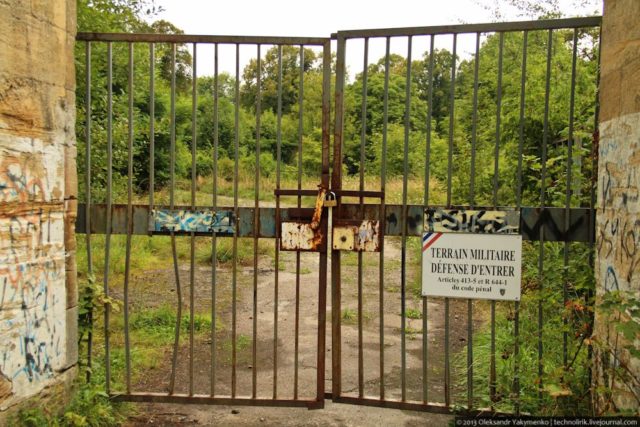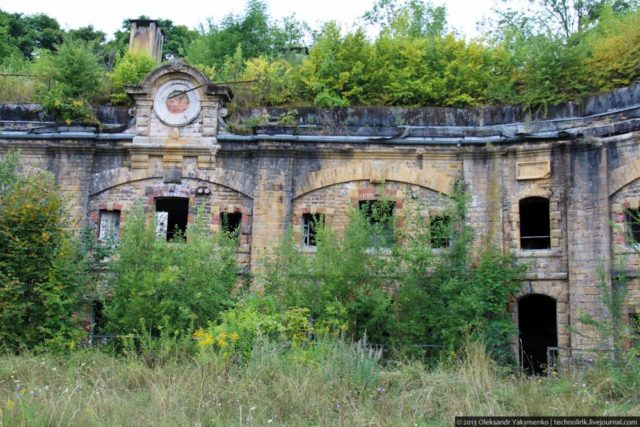The abandoned military fortification of Fort de Plappeville in France stands on a hill overgrown with forest. Construction of the fort was initiated during the Second Empire by Napoleon III and the fort was last occupied in 1995.
Fort de Plappeville was built as part of the first ring of fortifications of Metz, a town in northeastern France. Metz had substantial fortifications surrounding it because, being on the border between Germany and France, it was considered a strategic location. Fort de Plappeville was about four kilometers (about two and a half miles) away from Metz.
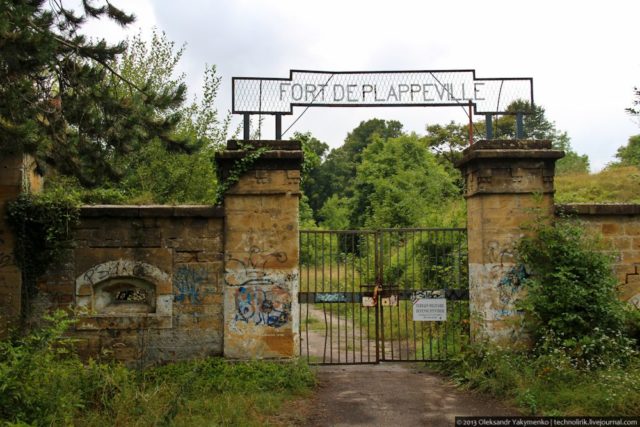
The original project was developed by Raymond Adolphe Séré de Rivières. The fort was situated on a slope in the valley of the Moselle and had a series of ditches as part of its defensive measures. Its intended purpose was to resist artillery fire. As an extra line of defense, batteries were added to the plateau, two of which had four artillery turrets holding 150mm guns.
The French began building the fort in 1867, but they had to halt construction three years later due to the outbreak of the Franco-Prussian war. During the war, the unfinished structure was damaged by a powder explosion in 1871. If the barracks were to be completed in peacetime, intensive reconstruction would be required.
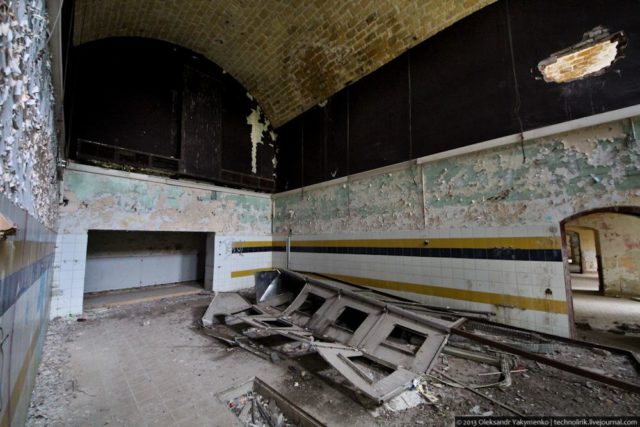
When the war ended, the territory on which the Pleppeville military fort was built now belonged to Germany. As a result, German engineers began to modernize and rebuild the fort from 1885 onward. Although the project wasn’t finished until 1898, the Germans established armored observation posts in the meantime.
When it was completed, the fort received a new name – Feste Alvensleben, and it housed about 100 guns and 1,600 soldiers. The main goal of the fort was to protect the city from French troops, who might attack in an effort to regain these lands. To this end, it was equipped with up-to-date military equipment.
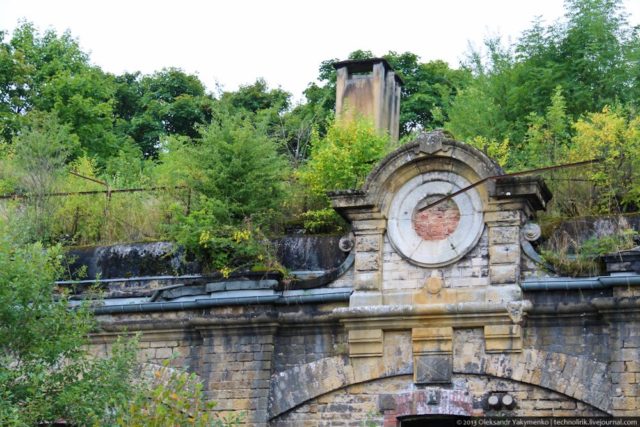
It was also used as a training camp for officers and also a rest point for troops traveling to and from Verdun between 1914 and 1918. After the end of World War I, the fort was once again occupied by French troops when the fort, together with the nearby city of Lorraine, was returned to French possession in November 1918.
However, it wasn’t to stay in French hands for long. In June 1940, following the surrender of France, the fort was again occupied by the Germans. In September that year, Heinrich Himmler himself visited to inspect the troops.
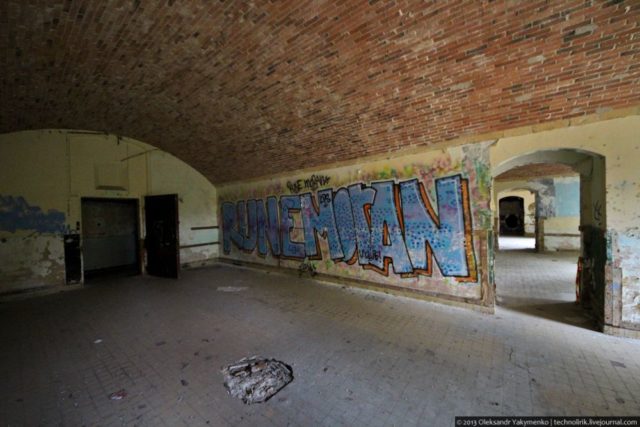
This time around, the fort was used as a Wehrmacht disciplinary camp. In the fall of 1944, having avoided being the center of fighting in the First World War, the fort became caught up in the Battle of Metz between September and November 1944. It was used to provide artillery support to the Germans in an effort to prevent the Americans from advancing along the valley.
Initially, the fort held out, and even incendiary weapons were not able to damage the buried part of the fortifications. However, the Fort de Plappeville eventually fell after a series of direct assaults, and on December 8, 1944, Colonel Vogel and his 200 men surrendered.
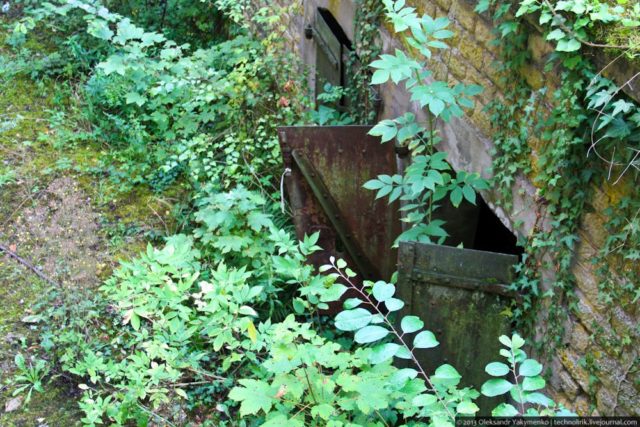
In 1949, when the war was over, the fort was transferred to the French Air Force. It became a French training center for recruits and remained so until 1994. From 1995 onward, Fort de Plappeville was completely abandoned and left to nature.
Many empty buildings on the site remain, but they are falling further into disrepair every year. The dense undergrowth outside is slowly creeping into the buildings. At the entrance to the fort, there is a sign that prohibits entry and states that the site still belongs to the military.
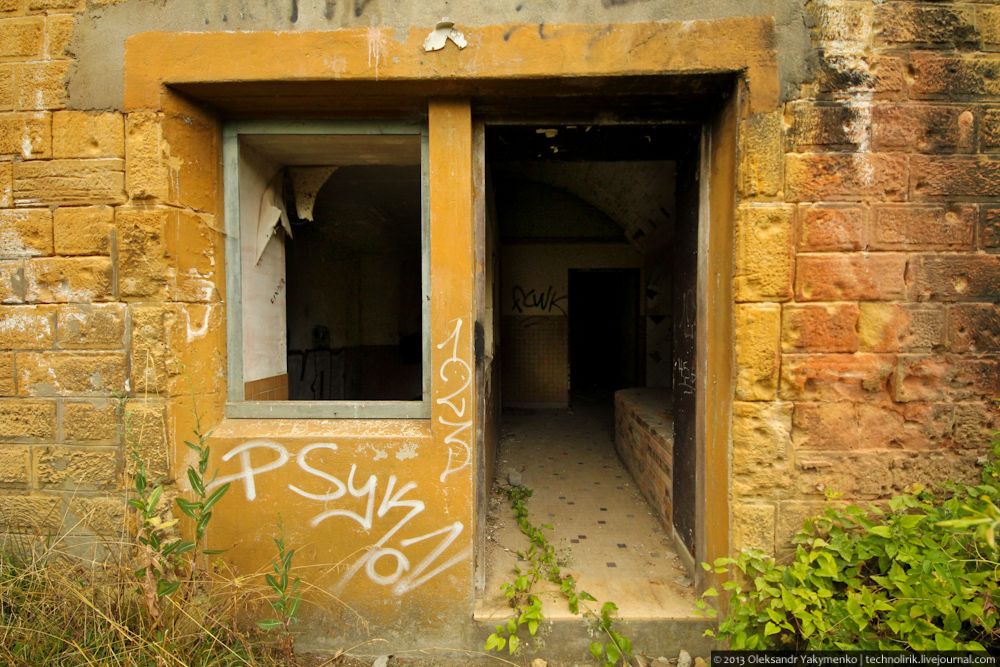
A big thank you to Alexandr and his LiveJournal account for sharing such amazing photographs about this site. Alex lives in Germany and has got an account where he writes about different locations. He has his own article about this location where you can find more of his photos. You should definitely check his LiveJournal account and Facebook page.
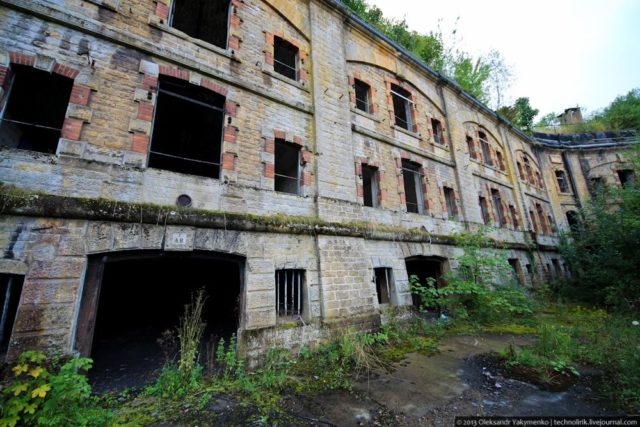
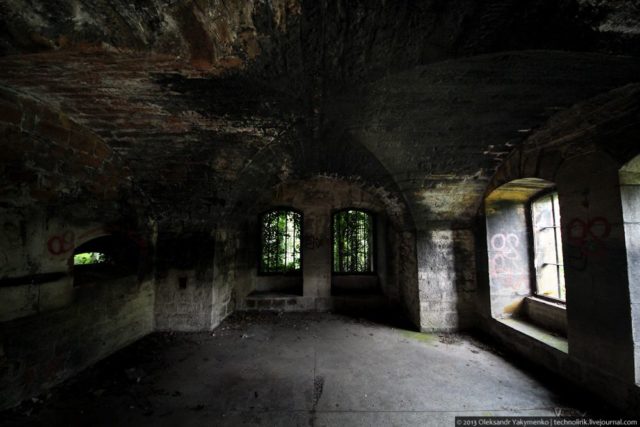
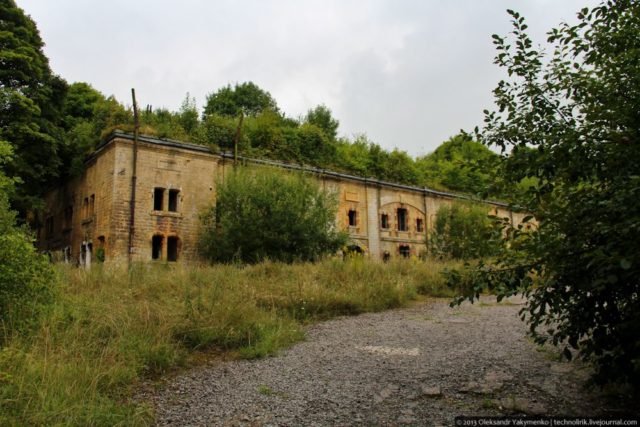
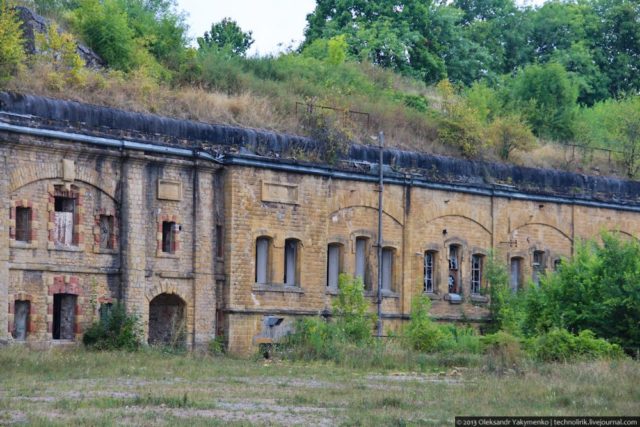
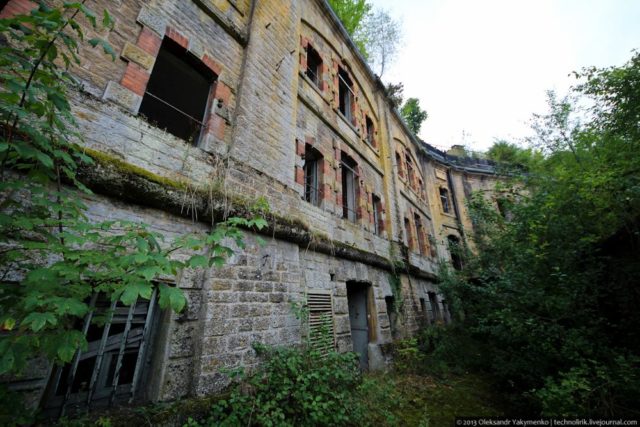
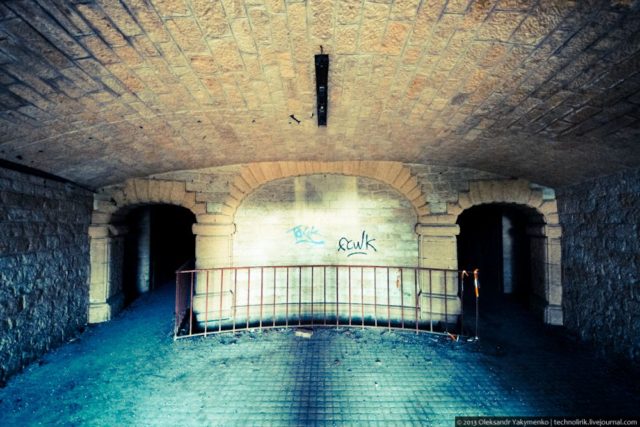
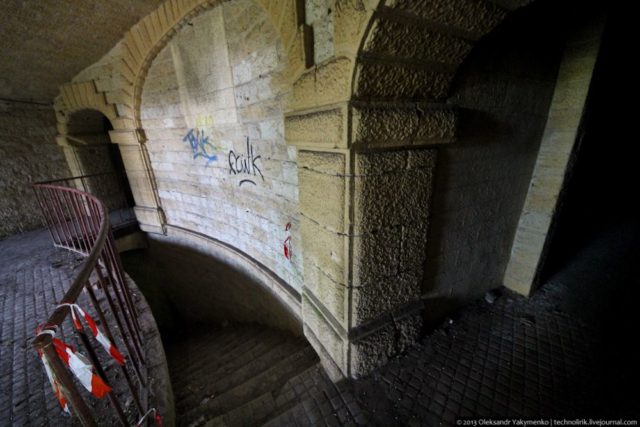
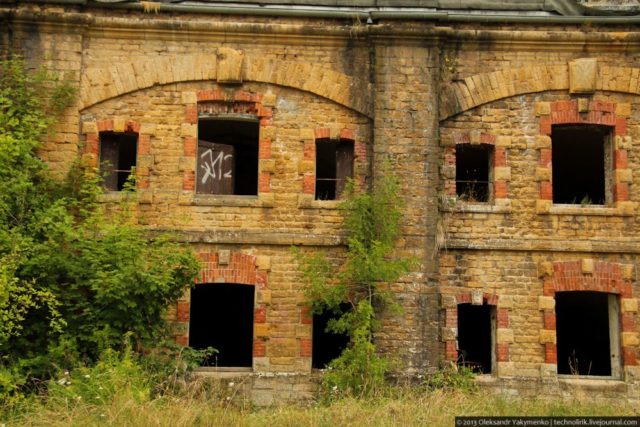
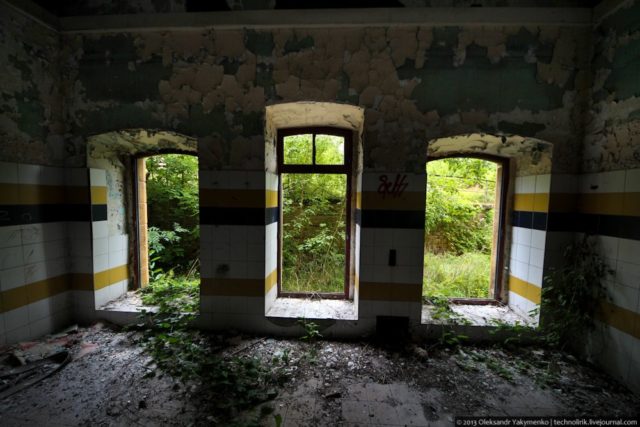
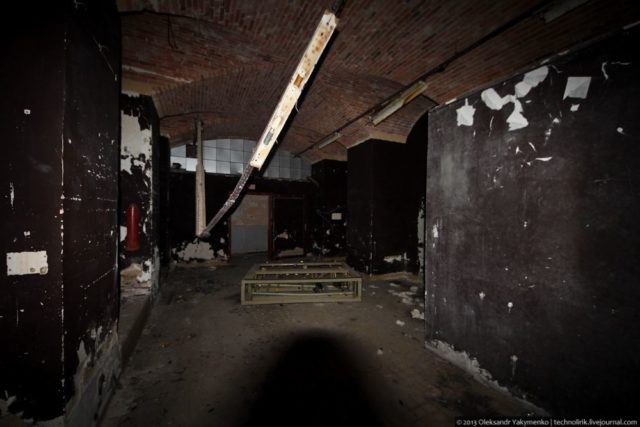
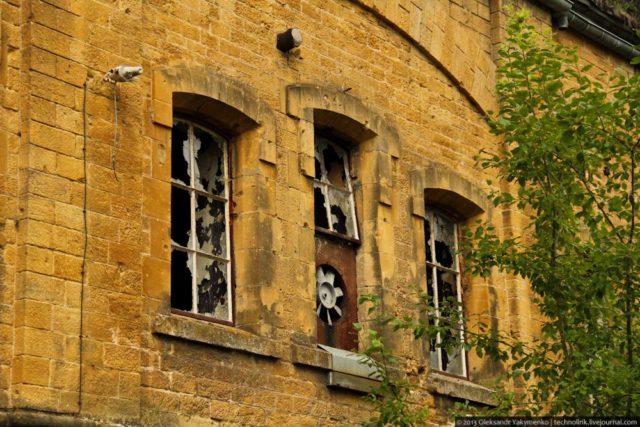
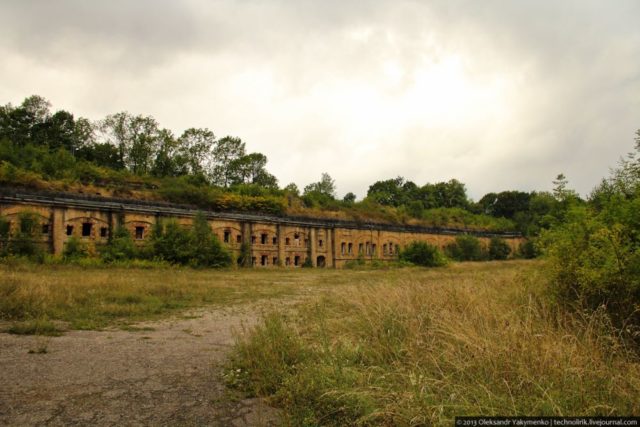
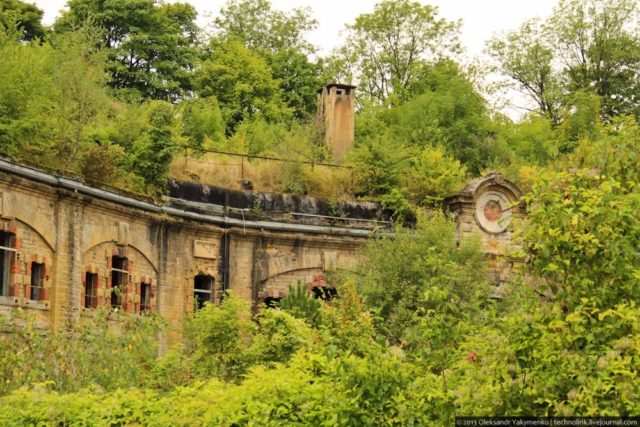
Abandoned Military Air Base in Germany – Jüterbog
